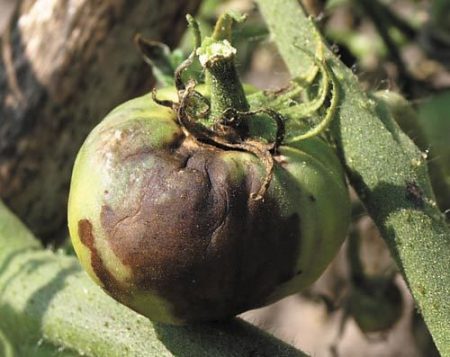 Many gardeners have heard about how and why the polycarbonate greenhouse is processed in the fall from phytophthora, but what exactly does such work consist of and when should it be carried out according to all the rules? After harvesting, it is important to prepare the greenhouse for winter, because this is the key to obtaining a good crop, resistant to pests and diseases, in the future.
Many gardeners have heard about how and why the polycarbonate greenhouse is processed in the fall from phytophthora, but what exactly does such work consist of and when should it be carried out according to all the rules? After harvesting, it is important to prepare the greenhouse for winter, because this is the key to obtaining a good crop, resistant to pests and diseases, in the future.
As for late blight, in our latitudes this disease is especially dangerous for tomatoes. The defeat is characterized by the fact that the leaves and stem acquire a dark brown hue, the fruits crack and lose their taste. Mold, white coating may appear on them.
Important! Phytophthora It develops especially actively during the ripening period of fruits, with strong humidity, temperature fluctuations. The disease is transmitted through the soil, seeds and infected remains of past plants.
Content
Preparation for processing
Unlike film greenhouses, it is not necessary to disassemble polycarbonate for the winter and this is a plus of this design. In October, experienced gardeners are already starting preventative measures. They include the removal of all auxiliaries (stakes, twines) that were needed during the season to grow the crop.
You will also need to clean the soil in the greenhouse from plant debris. It is recommended that when preparing for the processing of a polycarbonate greenhouse in the autumn from phytophthora remove the top seven centimeters of soil, because the larvae and the pests themselves at this depth, as a rule, settle for wintering.
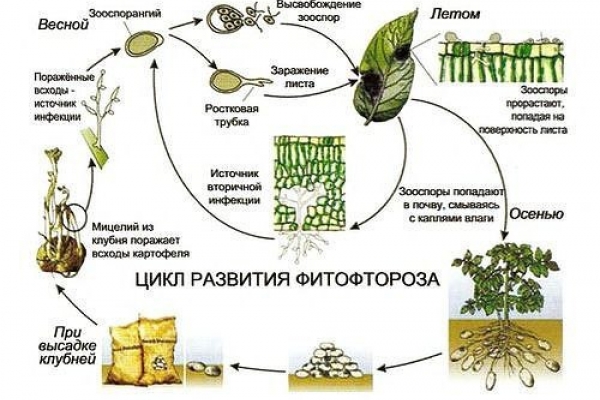
It will also be necessary to dig up the remaining soil - this is an additional measure to remove larvae and pests, then disinfect the ground. When the work with the earth is finished, you can take for the design. The walls of the greenhouse should be washed with soapy water. If during the season of late blight, other diseases or pests attacked the disease, then it is definitely worth using special means to combat a particular misfortune.
How to fumigate a greenhouse
Extra serious polycarbonate greenhouse processing includes the use of sulfur checkers or just cuttings of sulfur to conduct the entire room smoking. To do this, you must first close all the cracks and windows, put the checker in the center of the greenhouse and set fire to the wick, quickly go outside and close the doors tightly.
Advice! For the effectiveness of such processing, it is additionally recommended to wet the structure from the inside. If cuttings of sulfur are used, then a kilogram of this substance is taken per 10 cubic meters and mixed in addition with charcoal. Then pour the mixture into the pots, put the container in the center of the greenhouse.
It should be noted that the substance that is released during the burning of sulfur can harm the metal frame of the greenhouse. So, if there is any damage already at the time of processing, then experts advise to refuse from fumigating the room with sulfur.
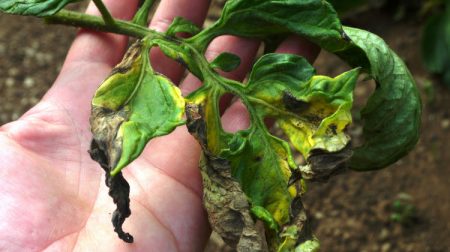
Important additional tips:
- If perennials are grown in the greenhouse, then the design should be processed only in the spring. Choosing for processing should be means that are suitable for specific perennials.
- An alternative sulfuric checker, which can not be used for an already damaged metal frame, will be Bordeaux liquid. The solution is distributed using a spray gun.
- If phytophthora is already in the ground, then a weak solution of potassium permanganate will help to cope with it. Dig the earth 20 cm deep, and then water it abundantly. In case of severe infection, additionally use bleach (laid in piles in the summer).
- Fertilizers are used depending on the soil layer and its composition. Organic fertilizers are excellent, which increase the humus content in the composition and ultimately reduce the risk of late blight.
- Be sure to use preparations that interact with nitrate and sawdust for processing.
About folk methods
As preventive measures, folk recipes can also be used with great success. Of course, they are suitable precisely for prevention, and not the fight against late blight, but they have proven their effectiveness and efficiency.
Proven folk methods:
- Tinder fungus is used to make a decoction. It must be crushed, pour boiling water. Spray tincture of the plant in the greenhouse several times every two weeks.
- Chalk or a solution of sifted ash will help against late blight. You can cultivate the soil with this product, or you can spray plants in the greenhouse during the season of their growth and development.
- Excellent for spraying proved the infusion of garlic gruel in combination with potassium manganese. It is necessary to dissolve everything in warm water and use it after three days to spray young seedlings in the greenhouse. The procedure is repeated every ten days for a month.
- An increase in temperature in the greenhouse will help to cope with late blight. On a hot day, you will need to close all doors and vents, raising the temperature to forty degrees Celsius. Then carry out intensive ventilation.
- However, it is worth remembering that at temperatures from 30 degrees Celsius and above, pollen on tomatoes becomes sterile.

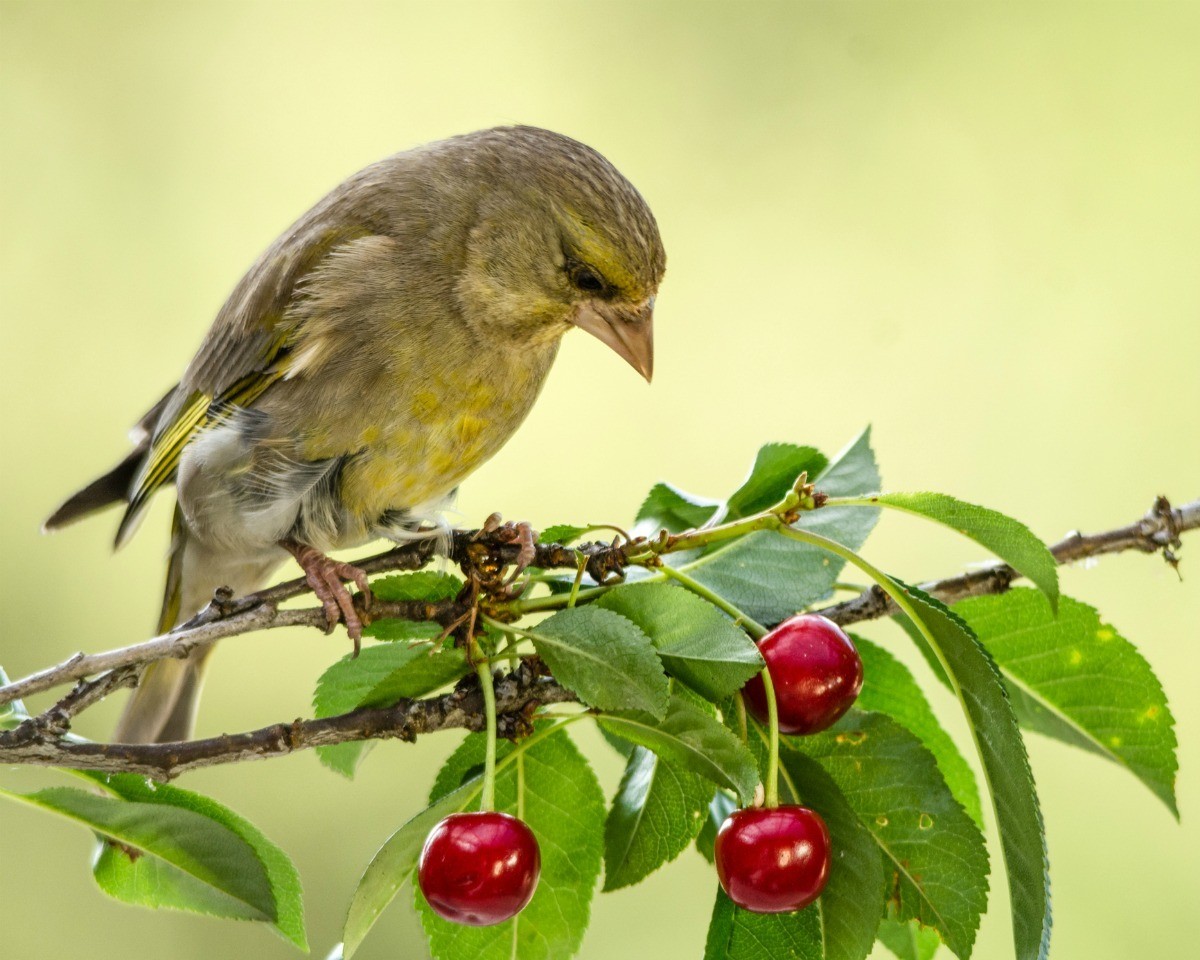
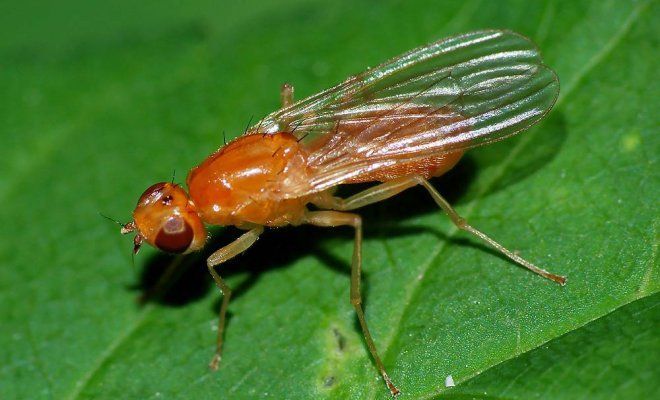
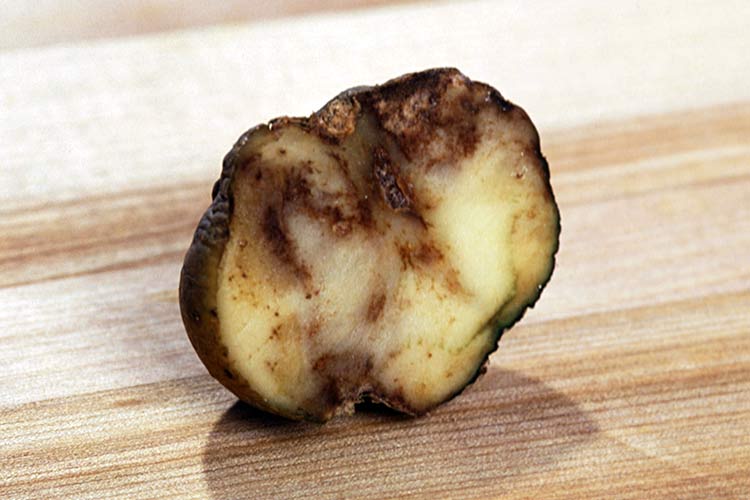
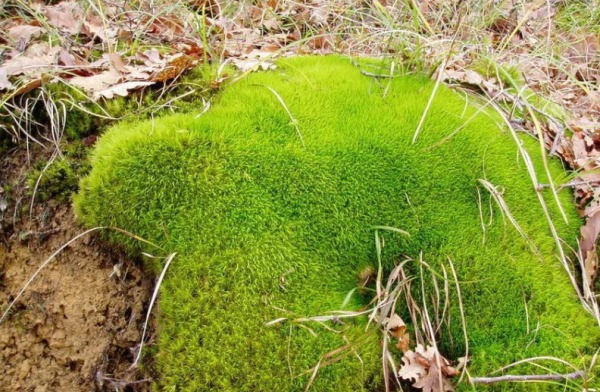 Where does moss come from in the garden and is it necessary to get rid of it?
Where does moss come from in the garden and is it necessary to get rid of it?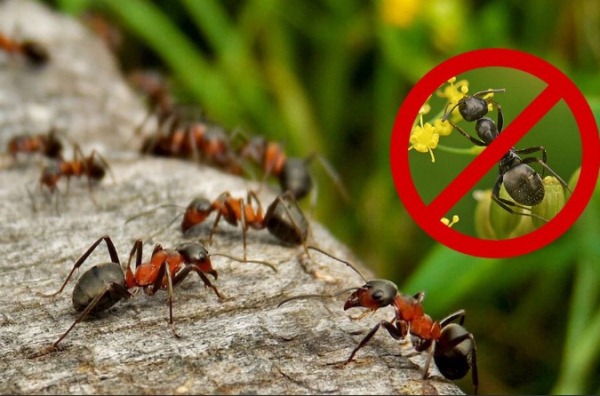 The most effective ways to deal with ants in the area
The most effective ways to deal with ants in the area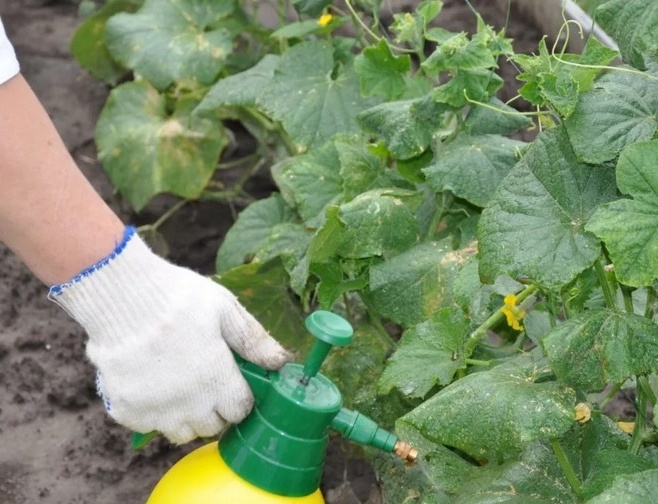 Cockchafer and Bear: An Easy Way to Save Plant Roots
Cockchafer and Bear: An Easy Way to Save Plant Roots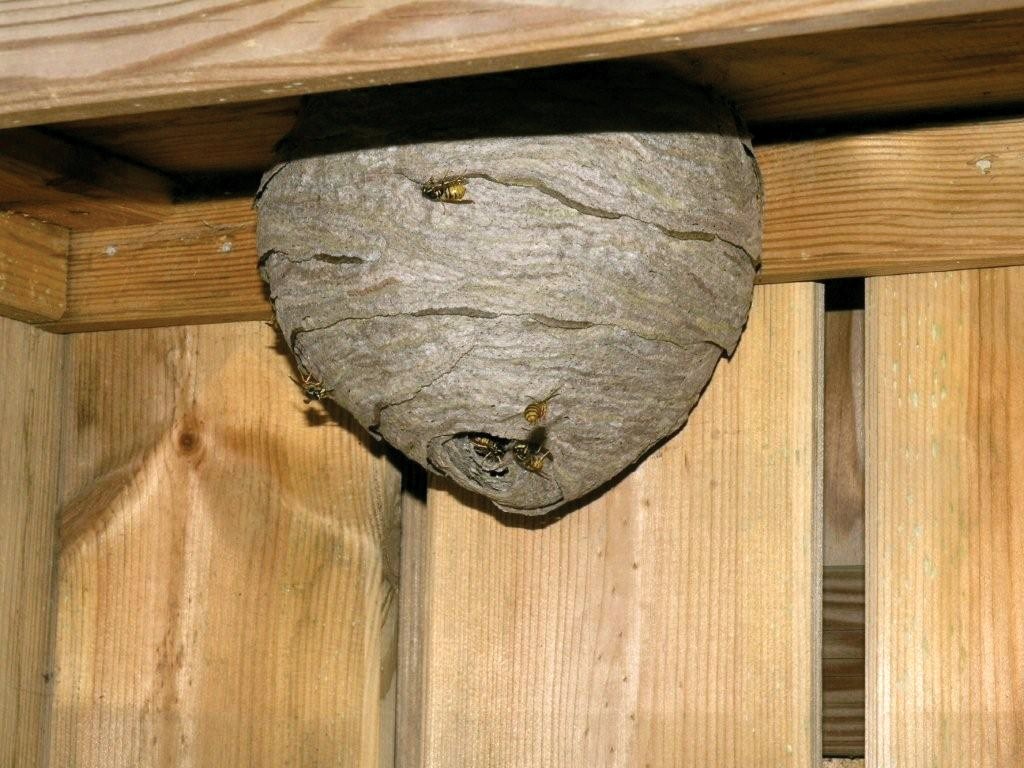 Get rid of the aspen nest quickly and safely.
Get rid of the aspen nest quickly and safely.